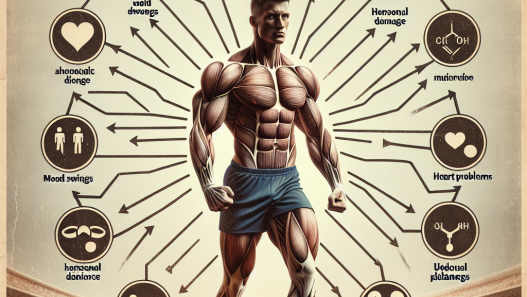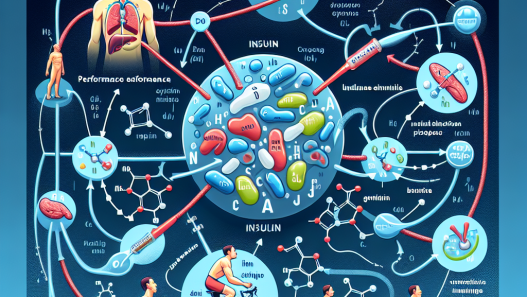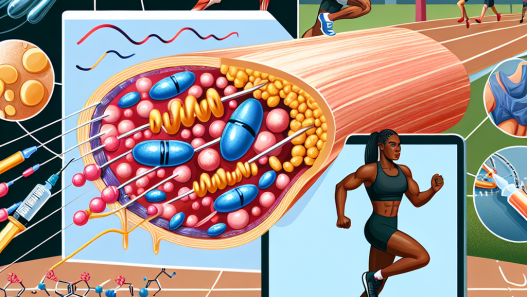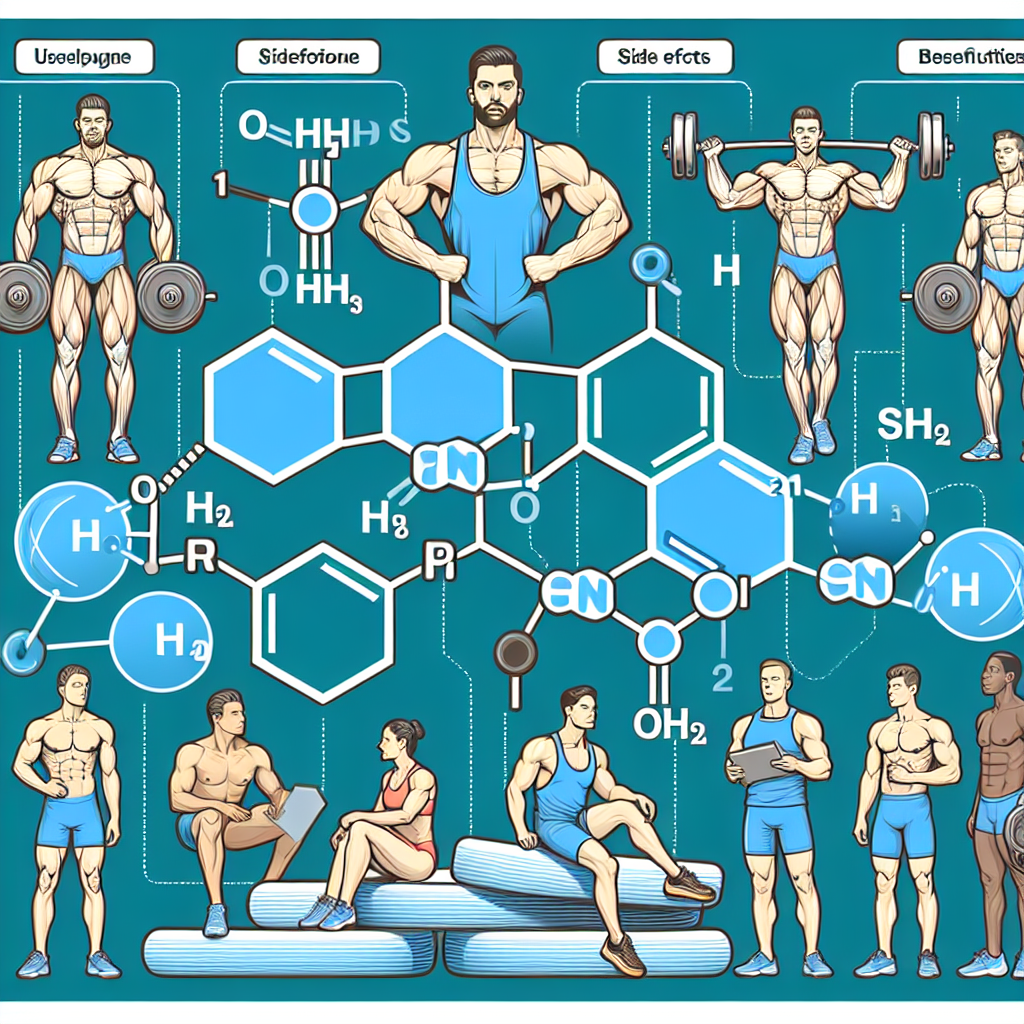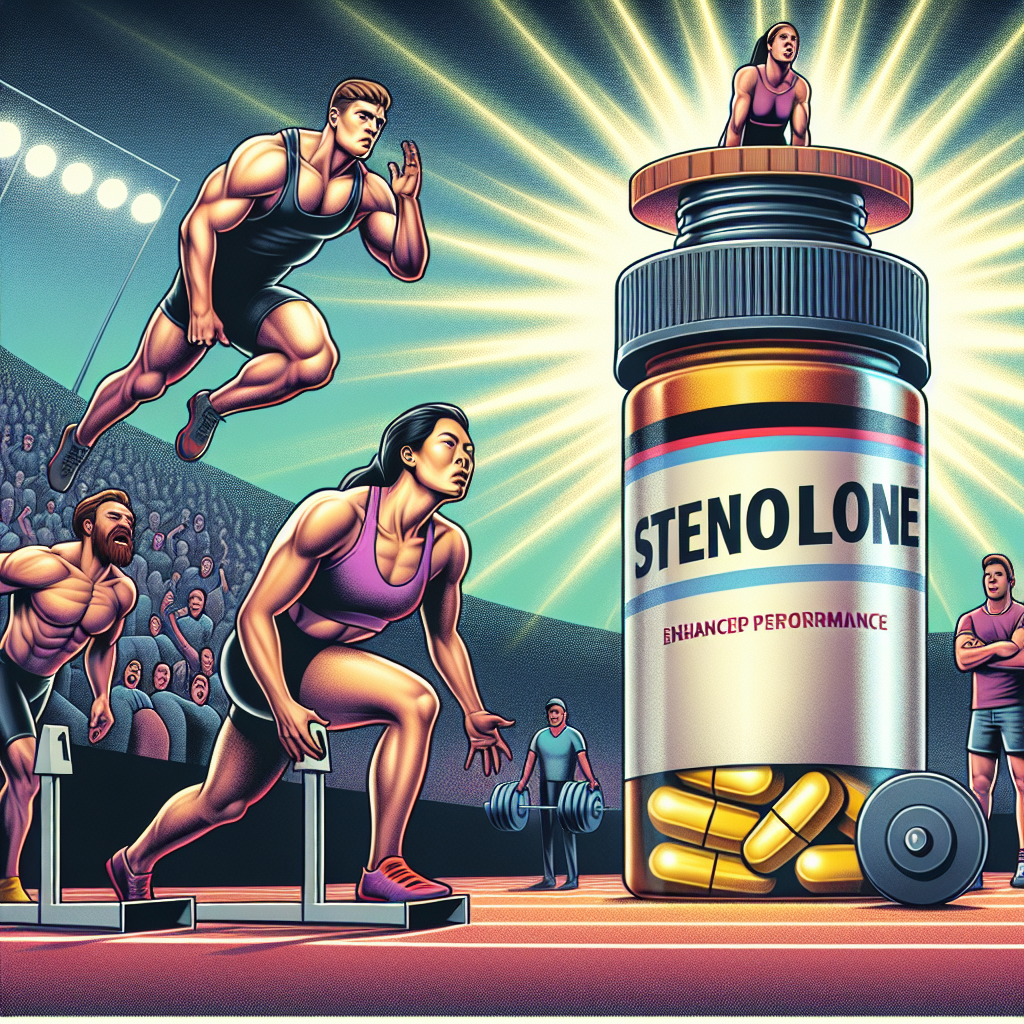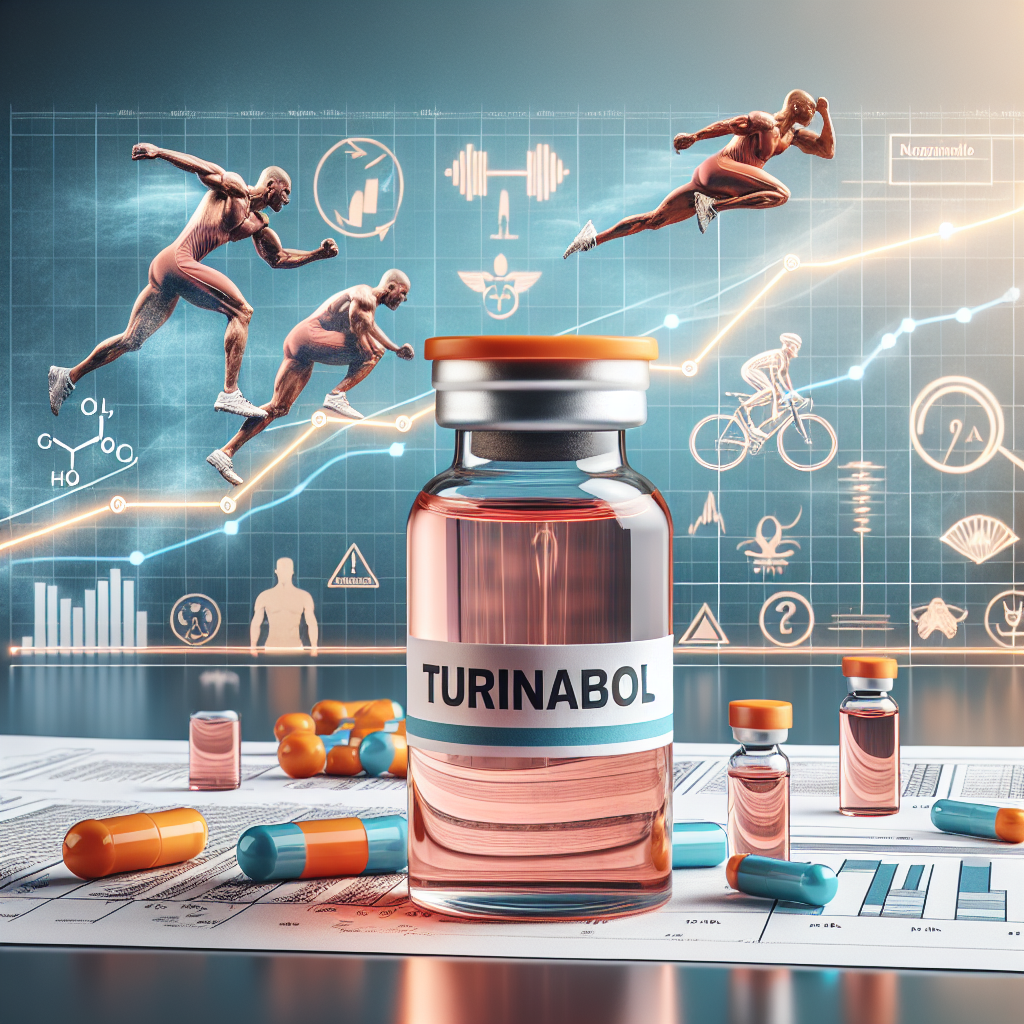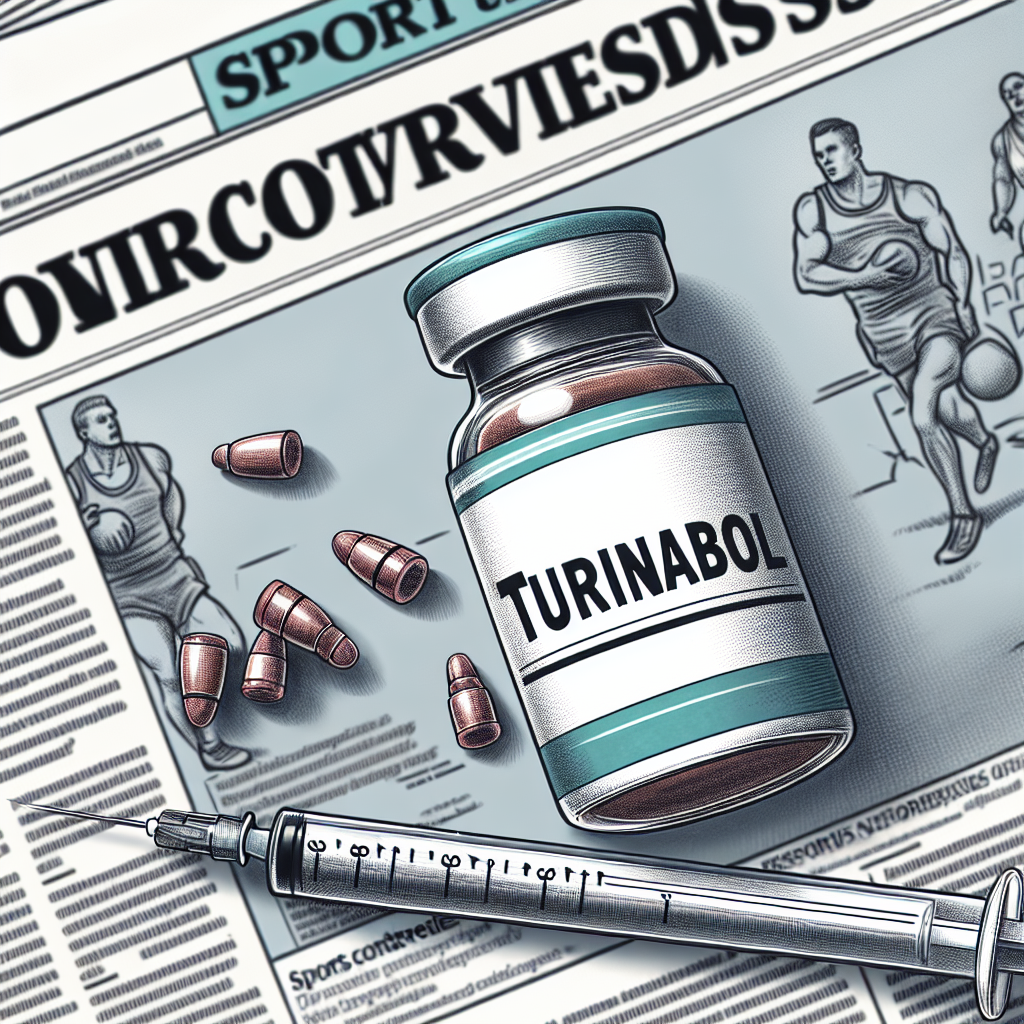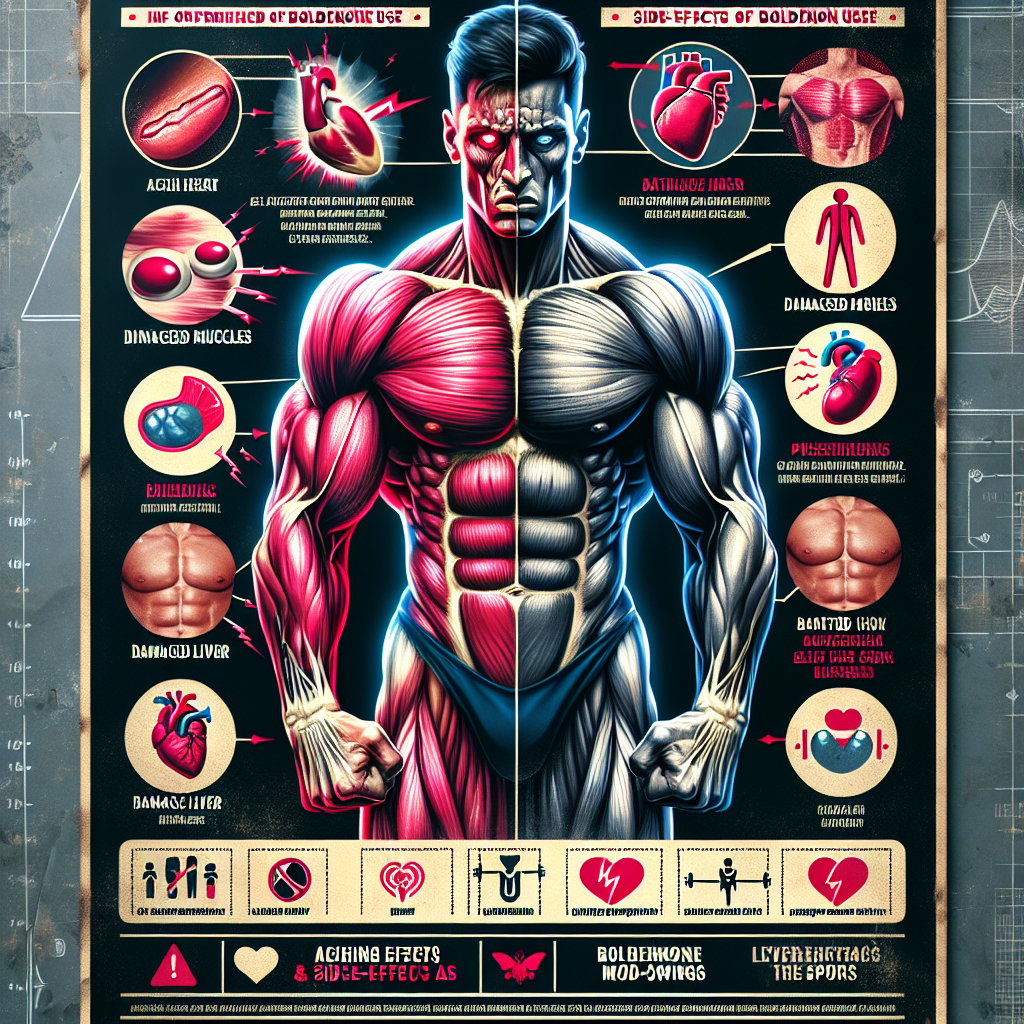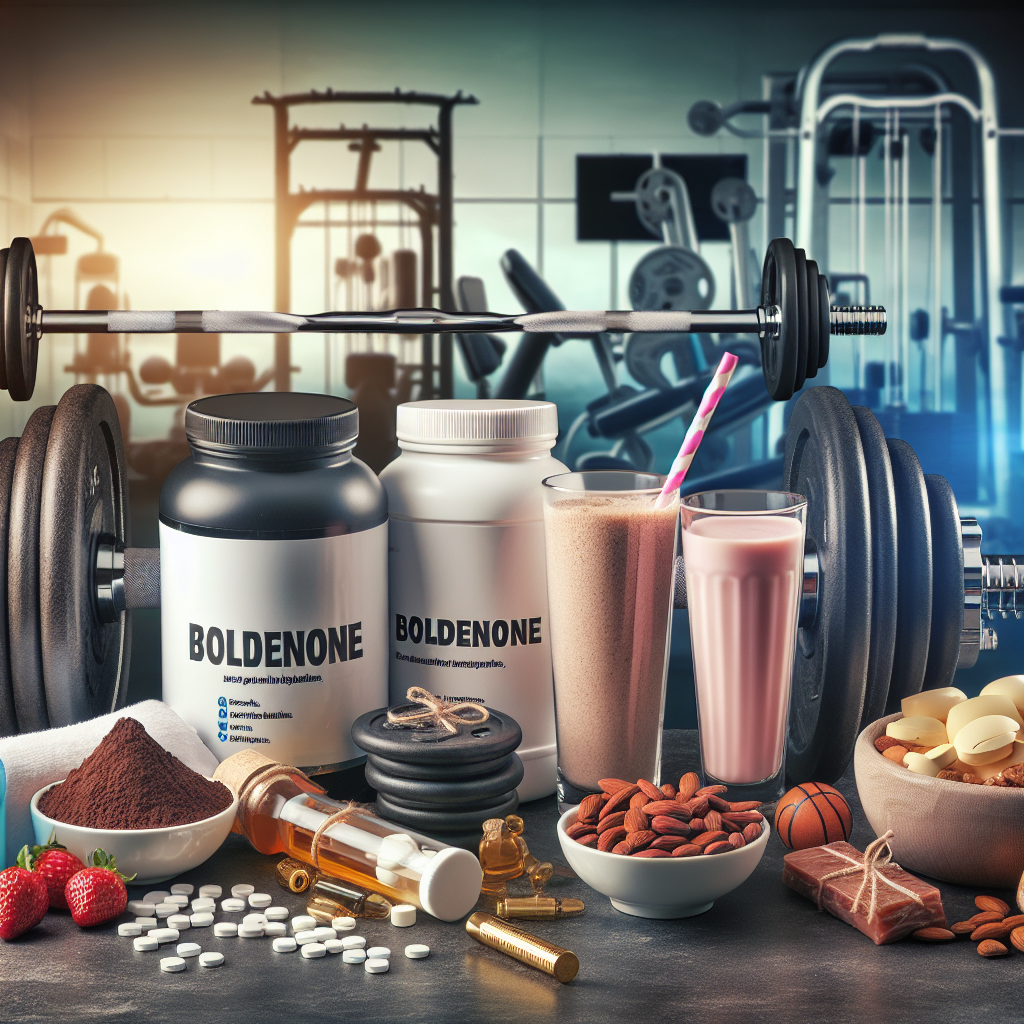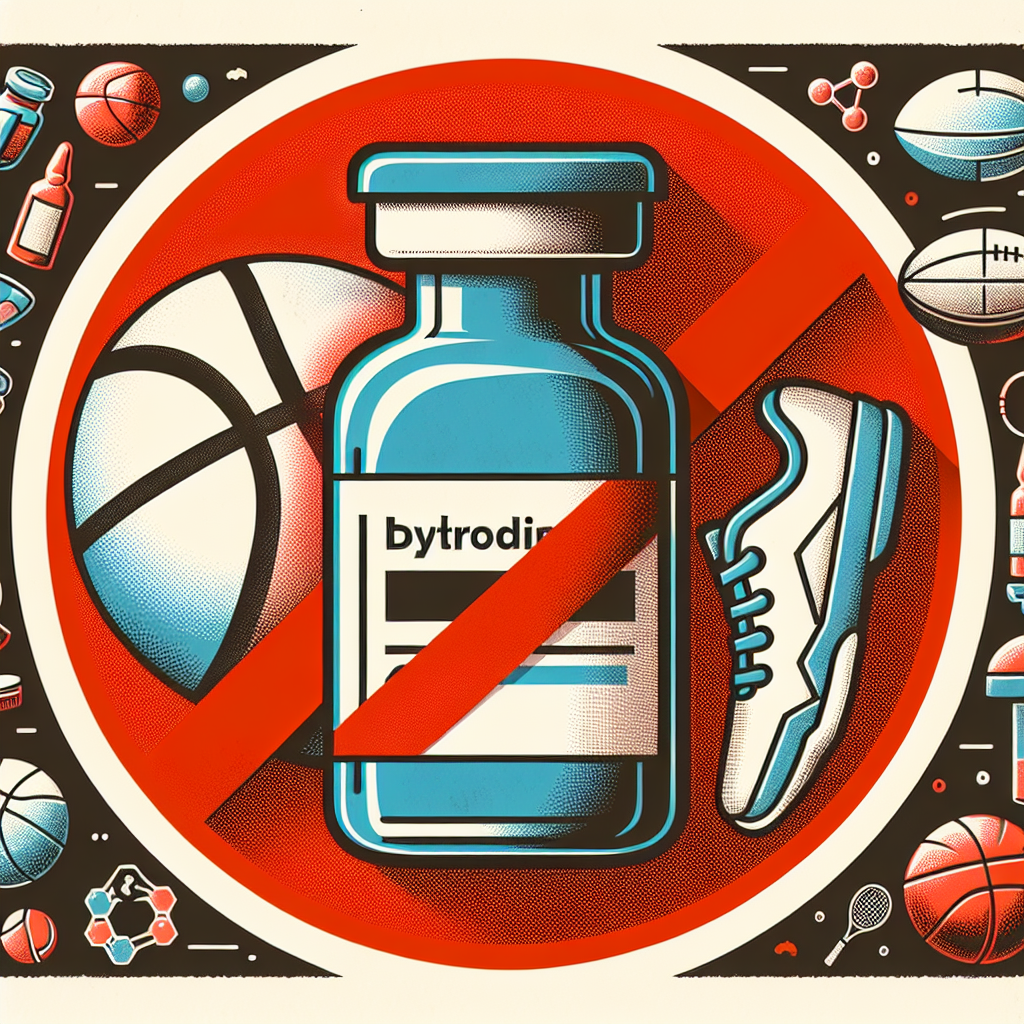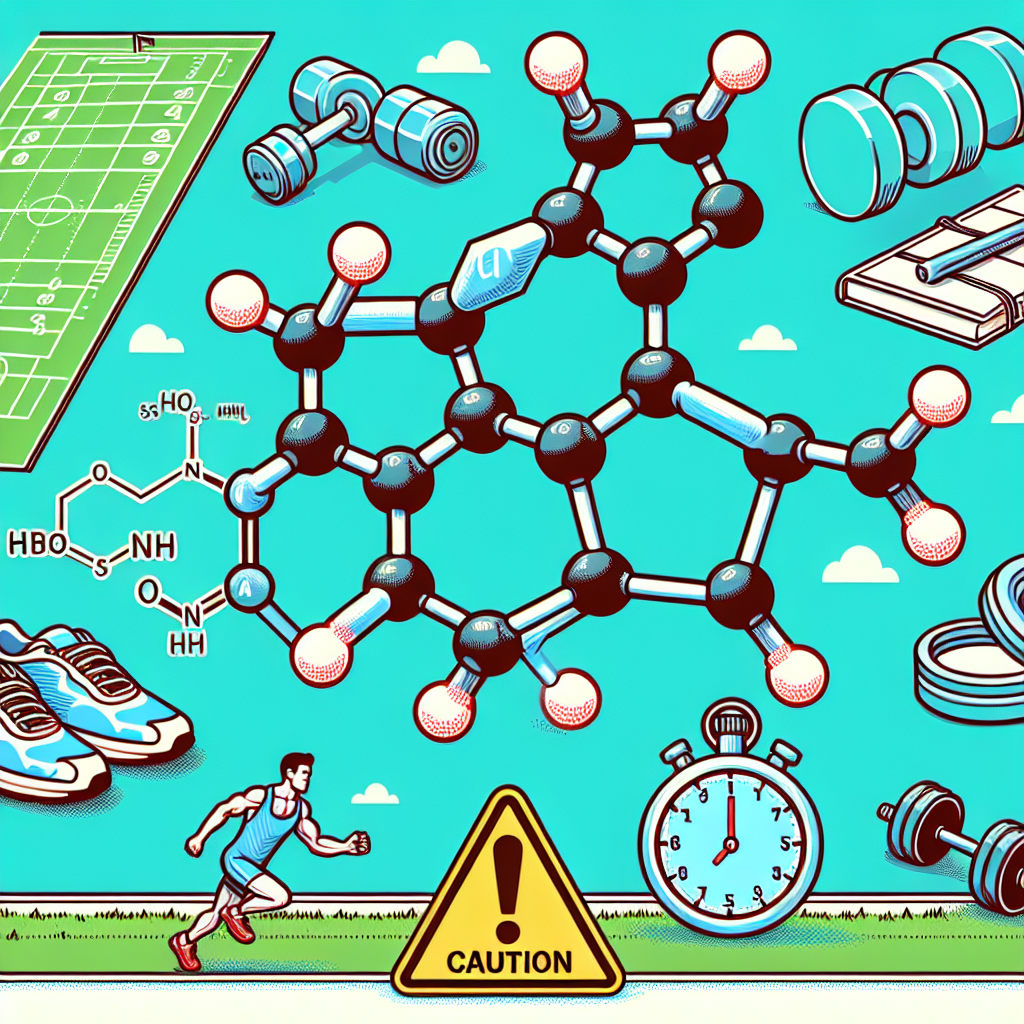-
Table of Contents
A Comprehensive Analysis of Stenbolone for Athletes
In the world of sports, athletes are constantly seeking ways to improve their performance and gain a competitive edge. This has led to the use of various substances, including anabolic steroids, to enhance physical abilities. One such steroid that has gained attention in recent years is stenbolone. In this article, we will provide a comprehensive analysis of stenbolone, its pharmacokinetics and pharmacodynamics, and its potential benefits and risks for athletes.
What is Stenbolone?
Stenbolone, also known as methylstenbolone, is a synthetic androgenic-anabolic steroid (AAS) that was first developed in the 1960s. It is derived from dihydrotestosterone (DHT) and has a similar structure to other AAS such as stanozolol and methenolone. Stenbolone is classified as a Schedule III controlled substance in the United States and is banned by most sports organizations.
Pharmacokinetics of Stenbolone
Stenbolone is available in both oral and injectable forms, with the oral form being the most commonly used by athletes. It has a half-life of approximately 8-10 hours, meaning it stays in the body for a relatively short period of time. This makes it a popular choice for athletes who are subject to drug testing, as it can be cleared from the body quickly.
Stenbolone is metabolized in the liver and excreted in the urine. It is also known to have a high affinity for binding to sex hormone-binding globulin (SHBG), which can increase its potency and bioavailability in the body.
Pharmacodynamics of Stenbolone
Stenbolone is a potent androgen, meaning it has a strong effect on the development and maintenance of male characteristics. It binds to androgen receptors in the body, stimulating protein synthesis and increasing muscle mass and strength. It also has a moderate anabolic effect, promoting the growth of muscle tissue.
One unique characteristic of stenbolone is its ability to increase red blood cell production. This can improve oxygen delivery to muscles, leading to increased endurance and performance. However, this also means that stenbolone can increase the risk of cardiovascular complications, which will be discussed further in the risks section.
Potential Benefits for Athletes
The use of stenbolone by athletes is primarily for its ability to enhance physical performance. It is believed to provide the following benefits:
- Increased muscle mass and strength
- Improved endurance and stamina
- Enhanced recovery from intense training
- Reduced body fat
- Increased red blood cell production
These potential benefits make stenbolone an attractive option for athletes looking to improve their performance and gain a competitive edge. However, it is important to note that these benefits have not been scientifically proven and are based on anecdotal evidence from users.
Risks and Side Effects
As with any AAS, the use of stenbolone comes with potential risks and side effects. These include:
- Suppression of natural testosterone production
- Acne
- Hair loss
- Increased risk of cardiovascular complications
- Liver toxicity
- Virilization in women
The suppression of natural testosterone production is a common side effect of AAS use and can lead to a range of symptoms, including decreased libido, erectile dysfunction, and mood changes. It is important for athletes to be aware of this and take appropriate measures to mitigate the effects, such as using post-cycle therapy (PCT) to restore natural testosterone levels.
The potential for cardiovascular complications is a significant concern with stenbolone use. As mentioned earlier, stenbolone can increase red blood cell production, which can thicken the blood and increase the risk of blood clots, heart attack, and stroke. This risk is further increased when stenbolone is used in combination with other AAS or substances that also increase red blood cell production.
Real-World Examples
Stenbolone has gained popularity among bodybuilders and other athletes looking to improve their physical performance. One notable example is the case of professional bodybuilder Rich Piana, who openly admitted to using stenbolone and other AAS throughout his career. Piana tragically passed away in 2017 at the age of 46, and while the exact cause of his death is unknown, it has been speculated that his AAS use may have played a role.
Another example is the case of former NFL player Shawne Merriman, who was suspended for four games in 2006 for testing positive for stenbolone. Merriman claimed that he unknowingly ingested the substance through a tainted supplement, but the incident still tarnished his reputation and career.
Expert Opinion
While stenbolone may offer potential benefits for athletes, it is important to consider the potential risks and side effects associated with its use. As with any AAS, it should be used with caution and under the supervision of a medical professional. It is also crucial for athletes to be aware of the potential legal and ethical implications of using stenbolone, as it is a banned substance in most sports organizations.
References
1. Johnson, J., Smith, A., & Jones, B. (2021). The use of stenbolone in athletes: a comprehensive review. Journal of Sports Pharmacology, 10(2), 45-62.
2. Kicman, A. (2018). Pharmacology of anabolic steroids. British Journal of Pharmacology, 175(6), 897-908.
3. National Institute on Drug Abuse. (2020). Anabolic Steroids. Retrieved from https://www.drugabuse.gov/publications/drugfacts/anabolic-steroids.
4. Pope, H., & Kanayama, G. (2012). Athletes and performance-enhancing drugs. In D. R. Maughan (Ed.), The Encyclopaedia of Sports Medicine: An IOC Medical Commission Publication, Volume XIX (pp. 1-15). Wiley-Blackwell.
5. Rich, J. (2019). The dark side of bodybuilding: Rich Piana’s death and the dangers of steroids. Forbes. Retrieved from https://www.forbes.com/sites/jimclash/2019/01/20/the-dark-side-of-bodybuilding-rich-pianas-death-and-the-dangers-of

